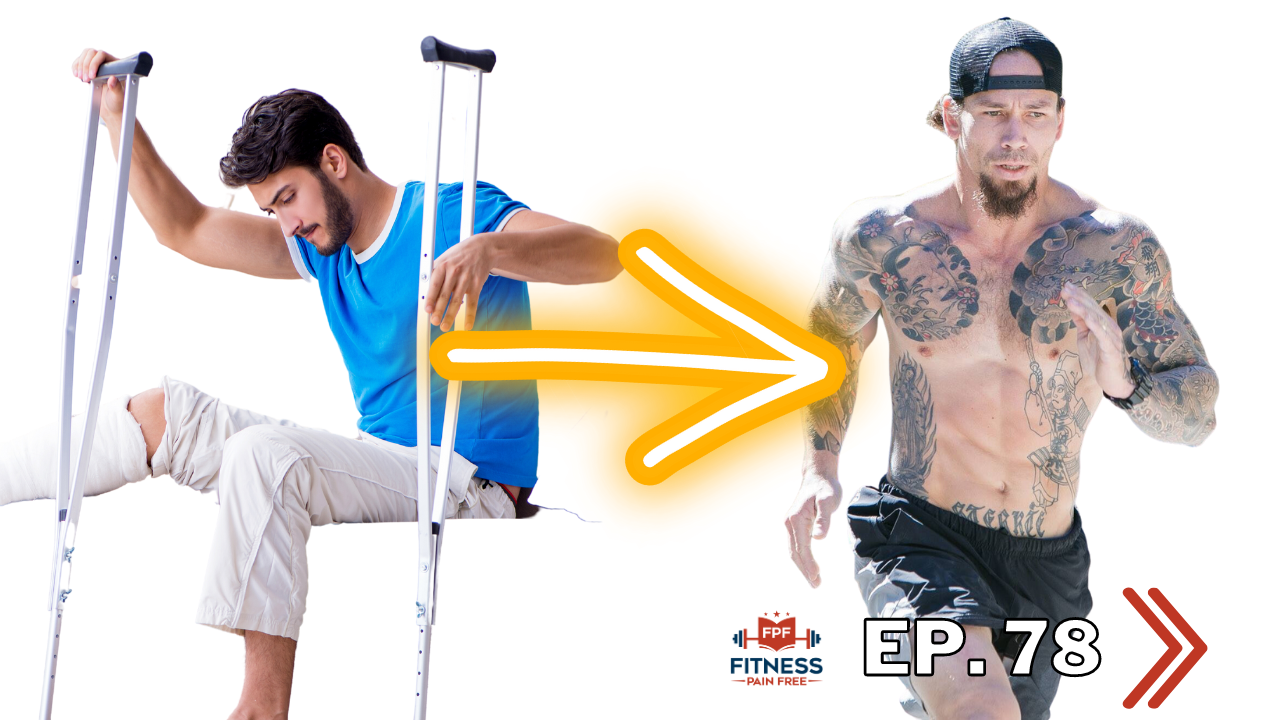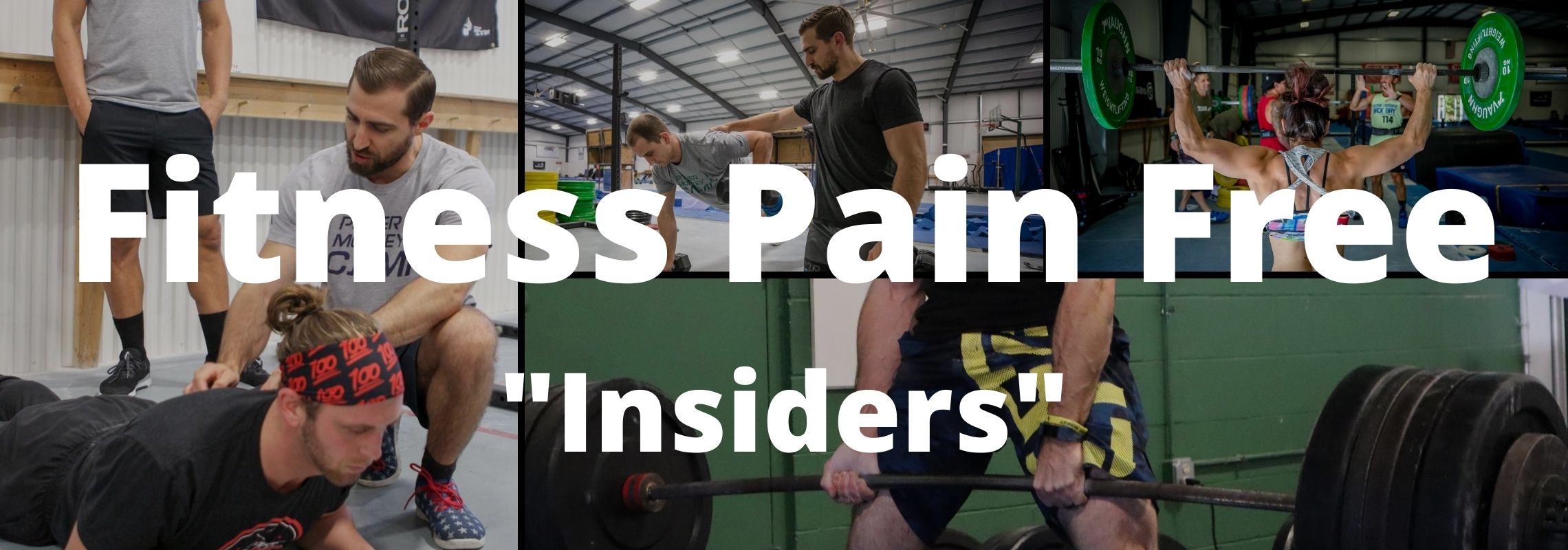
Physical Therapy Guide to Return to Run Programs After Lower Extremity Injury | FPF Show E:78
In today's episode we go over a Physical Therapy Guide to Return to Run Programs After Lower Extremity Injury | FPF Show E:78
As physical therapists, we know that helping our patients recover from lower extremity injuries is a complex and challenging process. Returning to running after an injury can be especially tricky, as it requires a careful balance between allowing the body to heal and rebuilding strength and endurance. That's why it's crucial to have a smart return to run program in place to guide patients through this process.
Smart return to run programs are individualized plans that take into account the unique needs and abilities of each patient. These programs typically begin with low-impact exercises that gradually increase in intensity over time. They also incorporate exercises designed to improve balance, coordination, and range of motion, which are all critical components of successful running.
One of the most significant benefits of a smart return to run program is that it helps reduce the risk of reinjury. By gradually reintroducing running into a patient's routine, we can ensure that their body has enough time to heal fully while also building strength and capacity. This approach helps prevent re-injury as well as new overuse injuries that can occur when patients push themselves too hard, too quickly.
Another advantage of smart return to run programs is that they can be tailored to meet the specific needs of each patient. For example, a patient recovering from a knee injury might require more focused attention on strengthening the muscles surrounding the knee joint. Similarly, a patient with a history of ankle sprains might benefit from exercises that improve their balance and stability.
Finally, smart return to run programs can help patients feel more confident and in control of their recovery. Running is often an essential part of people's lives, and being unable to run due to an injury can be frustrating and disheartening. By providing patients with a clear plan for returning to running, we can help them stay motivated and engaged throughout the rehabilitation process.
In conclusion, a smart return to run program is a vital tool for physical therapists working with patients recovering from lower extremity injuries. By tailoring these programs to each patient's specific needs and abilities, we can help reduce the risk of re-injury, improve their overall strength and fitness, and support them as they work towards their running goals
Gotta love a good return to run program,
- Dan Pope DPT, OCS, CSCS
Listen and Subscribe to the Podcast
You can listen to the podcast and subscribe with any of the links below.
Show Notes / Relevant Articles:
Want to support me and decide topics for future episodes? Click HERE to sign up for FPF "Insiders" for just a dollar. You'll gain access to 100+ webinars, e-books and complete guides. Plus, you'll get private access to the "Insiders" Facebook group where you can have all of your questions answered by me.
Looking for other ways to support me that are 100% free?
- Like, comment and share on youtube, facebook and instagram
- Leave a 5-star review on apple podcasts
Thank you!
Dan Pope DPT, OCS, CSCS
References:
Davies G, Riemann BL, Manske R. CURRENT CONCEPTS OF PLYOMETRIC EXERCISE. Int J Sports Phys Ther. 2015 Nov;10(6):760-86. PMID: 26618058; PMCID: PMC4637913.
Buckthorpe M, Tamisari A, Villa FD. A TEN TASK-BASED PROGRESSION IN REHABILITATION AFTER ACL RECONSTRUCTION: FROM POST-SURGERY TO RETURN TO PLAY - A CLINICAL COMMENTARY. Int J Sports Phys Ther. 2020 Aug;15(4):611-623. PMID: 33354394; PMCID: PMC7735691.
Buckthorpe M, Della Villa F. Recommendations for Plyometric Training after ACL Reconstruction - A Clinical Commentary. Int J Sports Phys Ther. 2021 Jun 1;16(3):879-895. doi: 10.26603/001c.23549. PMID: 34123540; PMCID: PMC8169025.
Lorenz D, Domzalski S. CRITERIA-BASED RETURN TO SPRINTING PROGRESSION FOLLOWING LOWER EXTREMITY INJURY. Int J Sports Phys Ther. 2020 Apr;15(2):326-332. PMID: 32269864; PMCID: PMC7134353.
Hegedus EJ, Ickes L, Jakobs F, Ford KR, Smoliga JM. Comprehensive Return to Competitive Distance Running: A Clinical Commentary. Sports Med. 2021 Dec;51(12):2507-2523. doi: 10.1007/s40279-021-01547-1. Epub 2021 Sep 3. PMID: 34478108.
